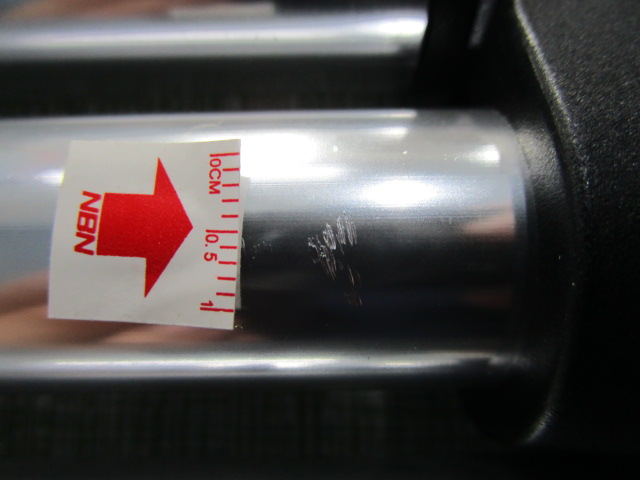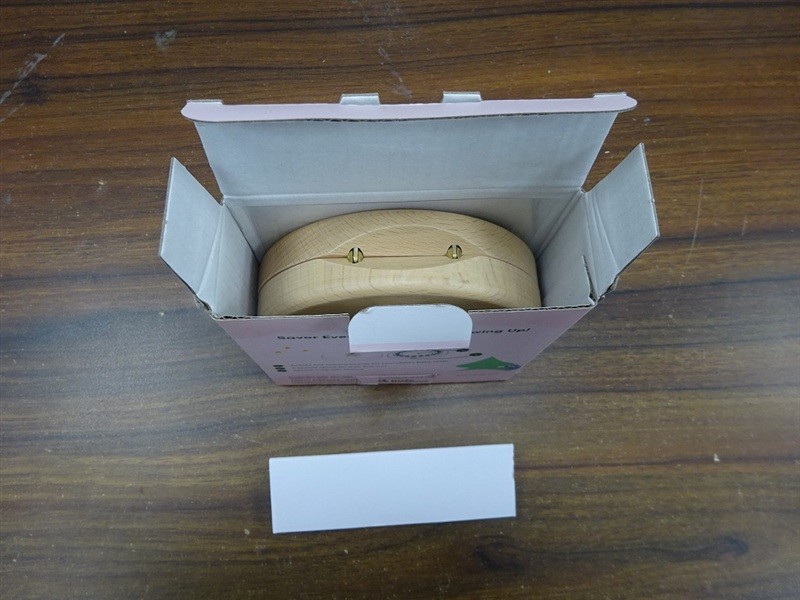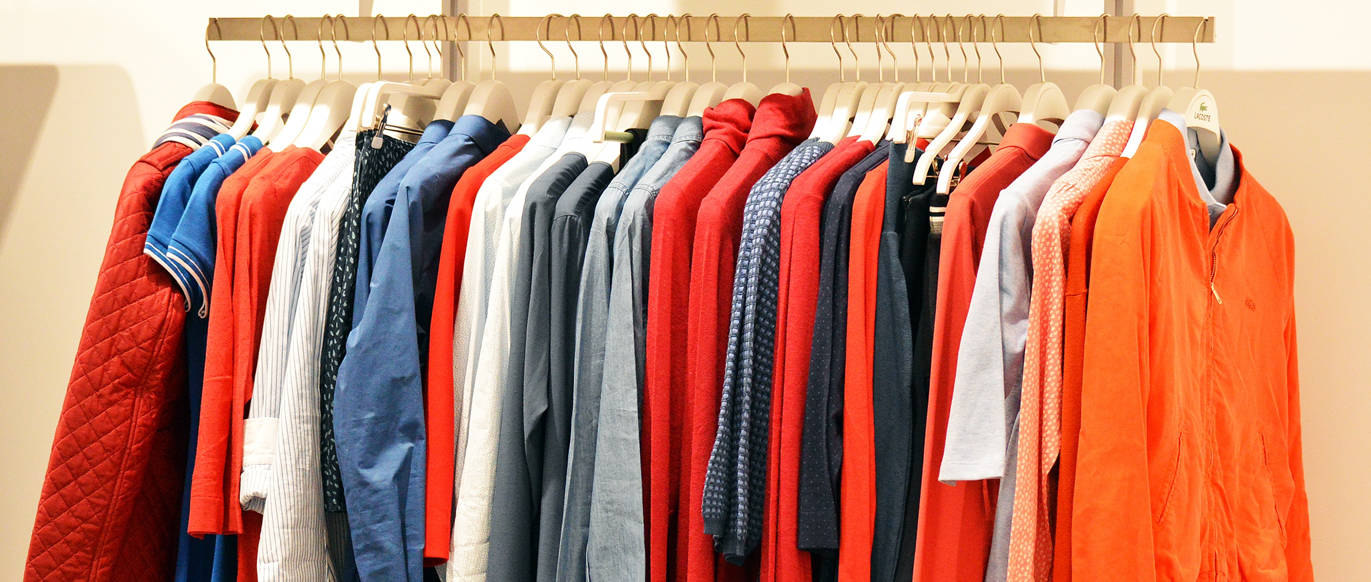In international trade, buyers often entrust third-party inspection companies to conduct product quality inspections before shipment. This ensures that the goods meet contractual requirements and minimizes quality risks.
Pre-Shipment Inspection (PSI) generally falls into two categories: Full Inspection (100% Inspection) and Sampling Inspection. Choosing the right inspection type is crucial for balancing quality assurance, cost, and efficiency. Based on our inspection experience, here are the key factors to consider when making this decision:


Contents
1. Product Unit Price
The unit price of a product is a major factor in determining the inspection type.
When the product value is high, a Full Inspection is strongly recommended. It ensures that every single item is checked, guaranteeing 100% conformity and preventing costly losses caused by defective products.
For low-value, mass-produced goods, Sampling Inspection is usually more practical and cost-effective while still providing a reliable assessment of overall quality.
2. New Supplier or New Product
If the supplier is new or the product is newly developed, we recommend conducting a Full Inspection.
New suppliers’ production consistency and quality control capabilities are often unproven, and new products may still face process instability or workmanship issues. Full inspection in the early stages helps the buyer fully understand the supplier’s actual quality level and build a reliable foundation for future cooperation.
3. Packaging Complexity, Material, and Product Characteristics
The choice of inspection type also depends on how the product is packaged and its physical characteristics.
If the product or packaging is delicate, fragile, or easily damaged during handling, performing a full inspection may cause unnecessary wear, scratches, or deformation. In such cases, Sampling Inspection is often more appropriate—it minimizes handling while still accurately reflecting the overall quality condition.
4. Product Application and Appearance Requirements
The product’s end use and appearance standards are also key considerations.
If the product is intended for direct consumer use and must meet high aesthetic or visual standards (e.g., gifts, home décor, or premium goods), a Full Inspection is advisable. Even minor cosmetic defects could affect customer satisfaction or brand image.
For industrial parts or internal-use components with lower appearance requirements, Sampling Inspection is generally sufficient to assess quality consistency.
Conclusion
In summary, Full Inspection is recommended for high-value items, new suppliers or products, and goods with strict appearance requirements; while Sampling Inspection is more suitable for large-volume, complex, or easily damaged products.
Buyers should select the inspection type based on product characteristics, budget, and acceptable risk level. An appropriate inspection strategy not only ensures product quality but also improves overall supply chain efficiency.






